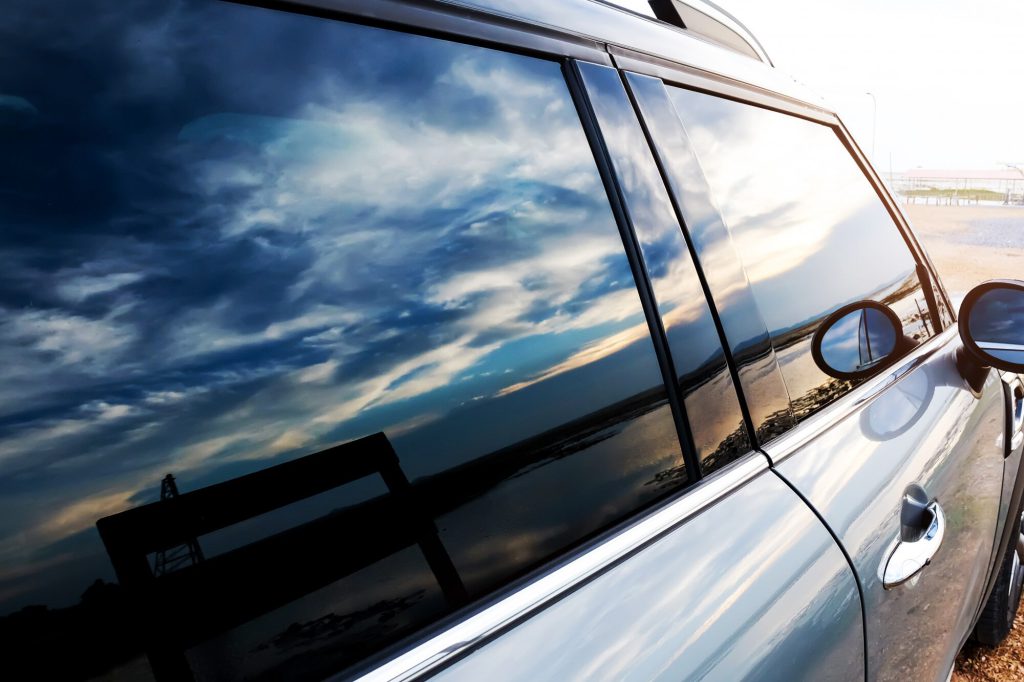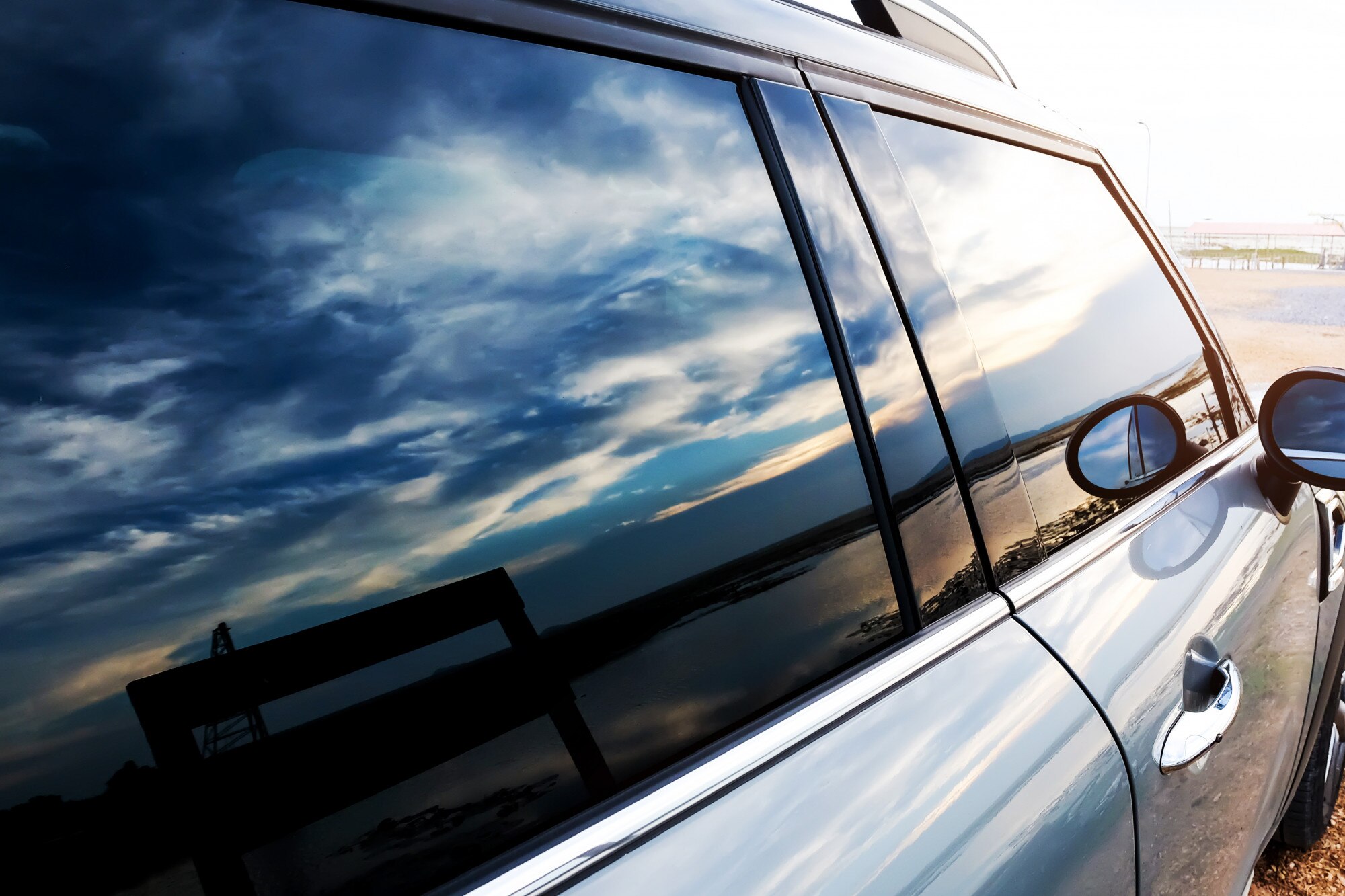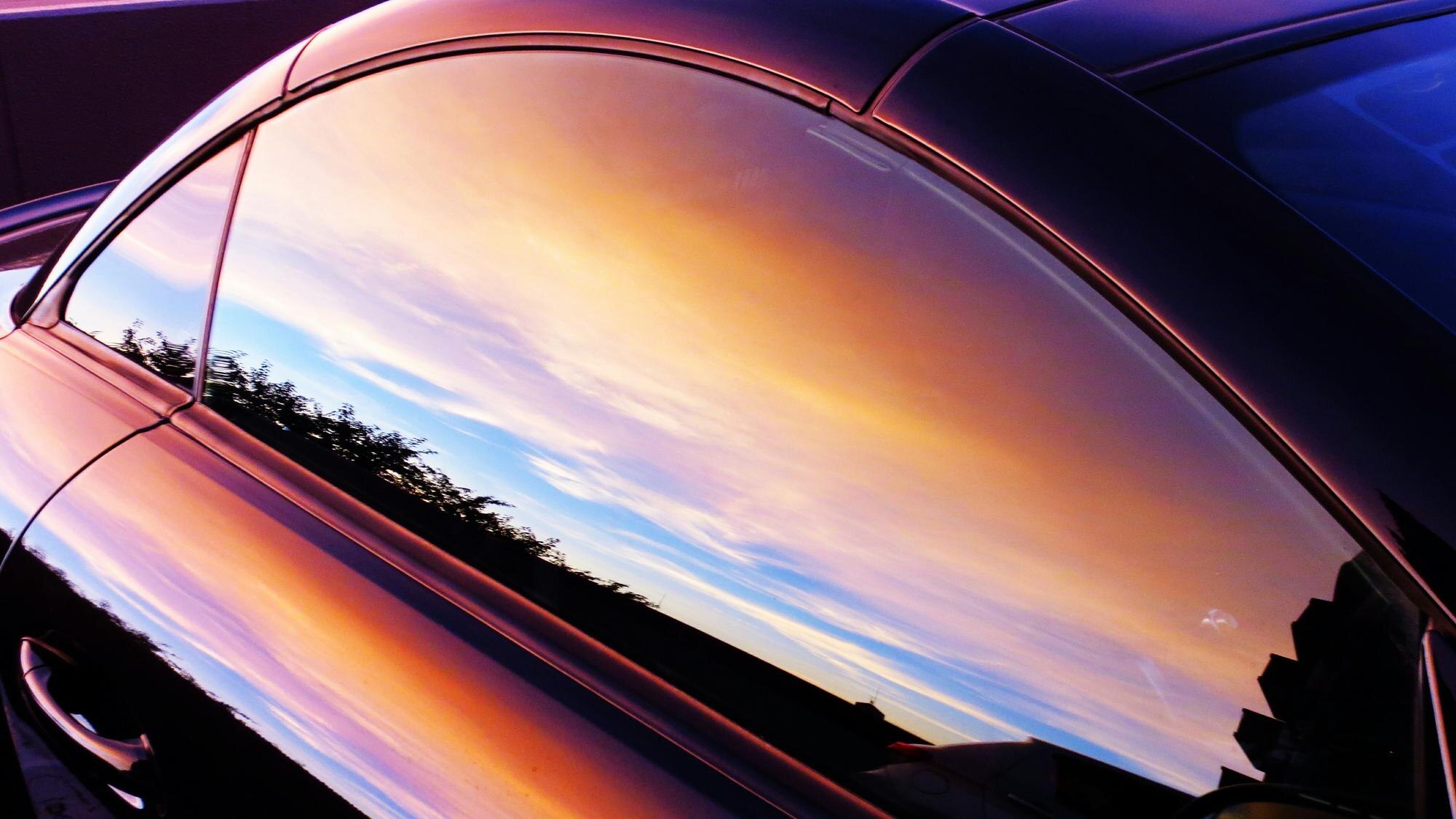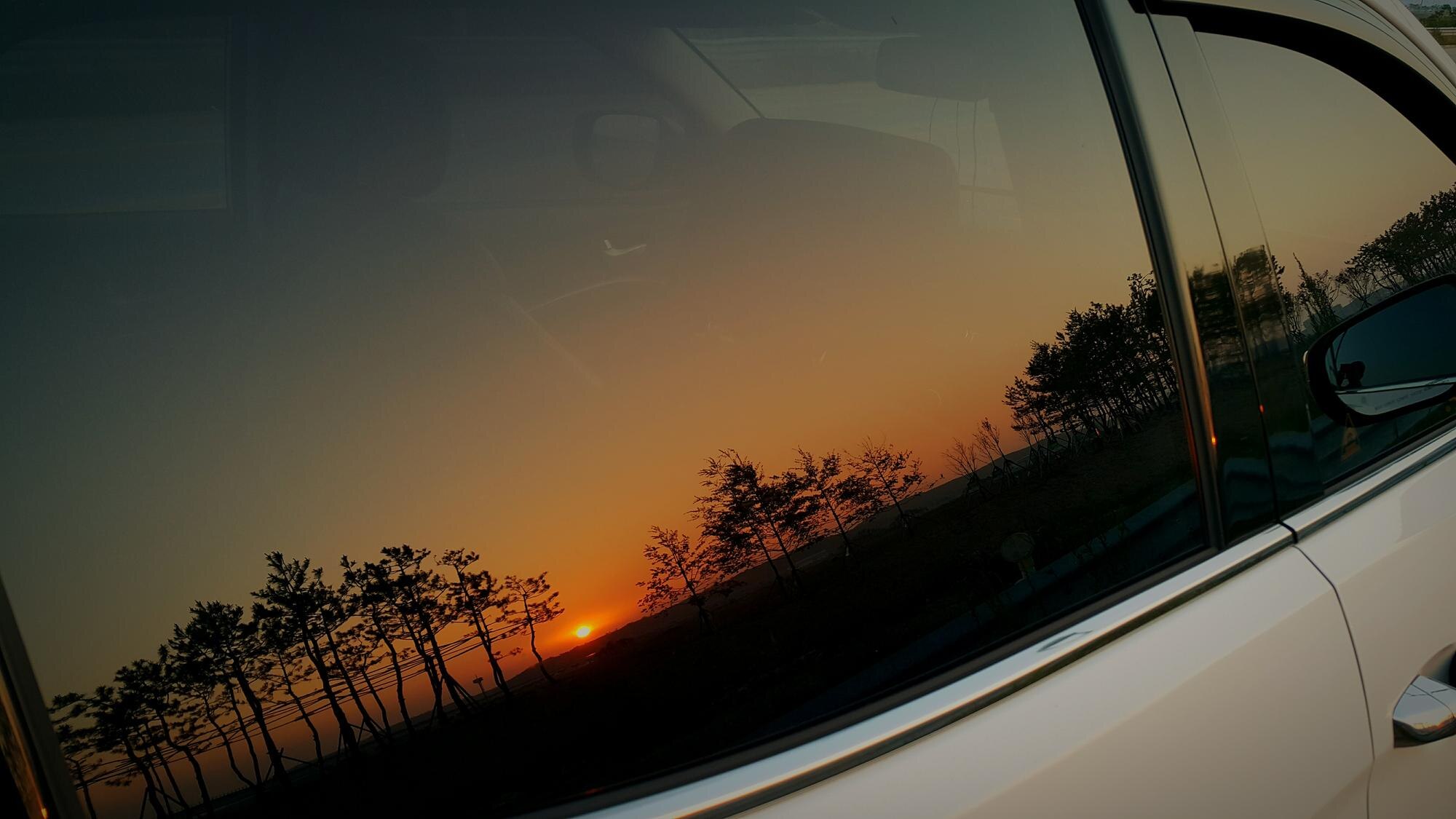Choosing the Perfect Window Tint Shade: Balancing Style and Safety for Your Vehicle
Selecting the perfect window tint shade for your vehicle involves striking a balance between style and safety. With a variety of tint options available, car owners must navigate the choices to find one that meets aesthetic desires while adhering to legal tint levels. Understanding auto window film types is crucial, as they range from privacy tints to those designed for glare reduction. Local laws can dictate the permissible car tint darkness, making it essential to be informed before making a decision. This guide will walk you through the key factors to consider, helping you choose the ideal tint that enhances your vehicle’s look and functionality.
Window tint shades come in various types and darkness levels, each offering unique benefits. Let’s explore the different options available and how they can enhance your vehicle’s appearance and functionality.
Exploring Auto Window Film Types
Auto window films come in several varieties, each designed for specific purposes. Dyed films are popular for their affordability and sleek appearance. They absorb solar heat and provide privacy, but may not offer the best heat rejection.
Metallic films reflect sunlight and heat, offering excellent temperature control. They can, however, interfere with electronic signals, which might affect your radio or GPS.
Ceramic films are top-of-the-line options. They provide superior heat rejection and UV protection without interfering with electronic signals. While more expensive, they offer the best overall performance.
Carbon films fall between metallic and ceramic in terms of performance and price. They offer good heat rejection and a matte finish that many car owners find attractive.
Benefits of Different Tint Darkness Levels
Tint darkness is measured by Visible Light Transmission (VLT) percentage. The lower the VLT, the darker the tint. Each level of darkness offers different advantages.
Light tints (50-70% VLT) provide subtle enhancement and UV protection without significantly altering your car’s appearance. They’re ideal for those who want the benefits of tinting without a dramatic change.
Medium tints (35-50% VLT) offer a good balance of privacy and visibility. They reduce glare and heat while maintaining a clear view from inside the vehicle.
Dark tints (5-35% VLT) maximize privacy and heat reduction. They’re popular for rear windows but may be too dark for front windows in many jurisdictions.
Remember, darker isn’t always better. Consider your needs and local laws when choosing a tint level.
Privacy Tint for Your Car
Privacy tints are designed to limit visibility into your vehicle. They’re popular among those who value discretion or want to protect valuables from prying eyes.
These tints typically have a VLT of 20% or lower, making it difficult to see inside the vehicle from the outside. However, they still allow good visibility from inside the car.
Privacy tints can be especially useful for SUVs and vans with large cargo areas. They help keep your belongings out of sight, reducing the risk of break-ins.
While privacy tints offer many benefits, it’s crucial to check local laws. Many places have restrictions on how dark your front side windows can be tinted.
Balancing Style and Safety
When choosing a window tint, it’s important to find the right balance between style and safety. This involves understanding legal requirements, considering your personal preferences, and ensuring the tint enhances your vehicle’s overall look.
Legal Tint Levels and Regulations
Tint laws vary widely by location, making it crucial to understand your local regulations. Most areas have specific rules about how dark your tints can be, especially for front side windows and windshields.
In the U.S., many states allow darker tints on rear and back side windows than on front side windows. Some states require tint manufacturers to certify their products and may require you to display a sticker proving your tint is legal.
Windshields often have the strictest regulations. Many places only allow a small strip of tint at the top of the windshield, if any at all.
Before choosing a tint, research your local laws or consult with a professional tinting service. They can help you select a tint that looks great and keeps you on the right side of the law.
Style vs. Function: Finding the Balance
Choosing the right tint involves balancing style preferences with functional needs. While a dark tint might look sleek, it could compromise visibility, especially at night.
Consider your driving habits. If you frequently drive at night, a lighter tint might be more practical. For daytime commuters, a darker tint could provide better glare reduction and heat control.
Think about your climate too. In hot, sunny areas, heat rejection might be your top priority. In cooler climates, you might prioritize UV protection without needing maximum heat reduction.
Remember, a well-chosen tint can enhance both style and function. Many modern tints offer excellent heat and UV rejection even at lighter shades, allowing you to get the benefits without an extremely dark appearance.
Enhancing Vehicle Aesthetics
Window tint can significantly enhance your vehicle’s appearance. It can give your car a sleek, sophisticated look and even make it appear more luxurious.
For a subtle enhancement, consider a light to medium tint. This can add depth to your car’s appearance without drastically changing its look.
Darker tints can create a more dramatic effect, giving your car a bold, mysterious appearance. They work particularly well on vehicles with dark exterior colors.
Some tints come with a slight color tint, such as bronze or blue. These can complement your car’s paint job and add a unique touch to its appearance.
Remember, the goal is to enhance your car’s existing aesthetics, not overpower them. Choose a tint that complements your vehicle’s style and color.
Practical Benefits of Tinting
Beyond style, window tinting offers several practical benefits. From reducing glare to protecting your car’s interior, tinting can significantly improve your driving experience and maintain your vehicle’s value.
Glare Reduction Tint Explained
Glare reduction tints are designed to minimize the harsh light that can cause eye strain and discomfort while driving. These tints work by filtering out a portion of the visible light that enters your car.
Most glare reduction tints can block up to 90% of glare without significantly darkening your windows. This makes them a great option for those who want the benefits of tinting without a dramatic change in appearance.
These tints are particularly useful for drivers who are sensitive to light or those who frequently drive during sunrise or sunset hours. They can also help reduce the glare from headlights when driving at night.
Some glare reduction tints use advanced technology to selectively filter different types of light. For example, they might block more blue light, which is often associated with glare, while allowing other colors through.
Remember, while glare reduction tints can significantly improve visibility, they’re not a substitute for sunglasses in very bright conditions.
Temperature Control and Comfort
Window tints can significantly reduce the heat inside your car, making your drives more comfortable and reducing the load on your air conditioning system.
High-quality tints can reject up to 70% of solar heat. This means your car stays cooler even when parked in direct sunlight, making it more comfortable when you return.
By keeping your car cooler, tints can also help reduce fuel consumption. Your AC won’t have to work as hard, which can lead to better fuel efficiency, especially on hot days.
Tints can also help maintain a more consistent temperature inside your car. They reduce hot spots caused by direct sunlight, creating a more comfortable environment for all passengers.
For best results, consider ceramic or metallic tints. These are particularly effective at heat rejection, though they may be more expensive than standard dyed tints.
Protecting Interior from UV Damage
UV rays can cause significant damage to your car’s interior over time. They can fade upholstery, crack leather, and even warp plastic components. Window tints act as a powerful shield against this damage.
Most quality window tints can block up to 99% of harmful UV rays. This protection works even with lighter tints, so you don’t need to go dark to get the benefits.
By protecting your interior from UV damage, tints can help maintain your car’s resale value. A well-preserved interior can make a big difference when it’s time to sell or trade in your vehicle.
Tints also protect you and your passengers from UV exposure during long drives. While your car’s windows block some UV rays, adding tint provides an extra layer of protection against skin damage.
Consider UV protection as a long-term investment in your car’s condition and your own health.
Choosing the Right Tint for You
Selecting the perfect window tint involves considering various factors, from your personal needs to local regulations. This section will guide you through the decision-making process and help you find the best tinting solution for your vehicle.
Factors to Consider Before Tinting
When choosing a window tint, consider your primary goals. Are you looking for heat reduction, UV protection, privacy, or a combination of these?
Think about your local climate. In hot, sunny areas, heat rejection might be your top priority. In cooler climates, you might focus more on UV protection and glare reduction.
Consider your driving habits. If you often drive at night, a very dark tint might not be practical. For daytime commuters, a darker tint could provide better comfort.
Don’t forget about style. Choose a tint that complements your car’s color and enhances its overall appearance.
Lastly, always check local regulations to ensure your chosen tint is legal in your area.
Professional Installation vs. DIY
While DIY tinting kits are available, professional installation often yields better results. Professionals have the tools and experience to apply tint without bubbles or wrinkles.
Professional installation usually comes with a warranty, protecting you against defects or peeling. DIY jobs typically don’t have this safety net.
However, professional installation is more expensive. If you’re on a tight budget and have some DIY skills, a home tinting job might be an option.
Consider the complexity of your car’s windows. Curved or unusually shaped windows can be challenging for DIY installation.
Remember, a poorly applied tint can detract from your car’s appearance and may need to be removed and redone, potentially costing more in the long run.
Finding a Trusted Tinting Service
Start by researching local tinting services. Look for businesses with good reviews and a solid reputation in your community.
Ask about the types of tint they offer and their experience with your specific car model. A knowledgeable service provider should be able to answer your questions and offer recommendations.
Inquire about warranties. A reputable service should stand behind their work with a solid warranty policy.
Don’t be afraid to ask for examples of their previous work. Many tinting services have portfolios or can show you cars they’ve recently tinted.
Finally, get a detailed quote and make sure you understand exactly what’s included in the price before committing to a service.
Maintaining Your Tinted Windows
Proper maintenance is key to ensuring your window tint lasts as long as possible and continues to look great. This section will cover how to care for your tinted windows and avoid common issues.
Cleaning and Care Tips
When cleaning tinted windows, use a soft, lint-free cloth and a mild, ammonia-free soap solution. Avoid abrasive materials that could scratch the tint.
Don’t clean your tinted windows immediately after installation. Wait at least a week to allow the tint to fully cure.
Avoid using sharp objects near your tinted windows. Even small scratches can lead to peeling or bubbling over time.
For stubborn dirt, use a rubber squeegee with your cleaning solution. This can help remove grime without risking damage to the tint.
Remember to clean both the inside and outside of your windows. While the tint is on the inside, keeping the outside clean helps maintain overall visibility.
Avoiding Common Tinting Problems
Bubbles are a common issue with window tints. To avoid them, don’t roll down freshly tinted windows for at least 3-5 days after installation.
Peeling often occurs at the edges of the tint. Be careful not to catch the edges with your fingernails or other objects when cleaning.
Purple discoloration can happen with low-quality tints over time. To avoid this, choose a high-quality tint and protect your car from excessive sun exposure when possible.
If you notice any issues with your tint, address them promptly. Small problems can often be fixed easily if caught early.
Remember, most tinting problems can be avoided by choosing a quality product and having it professionally installed.
Extending the Life of Your Tint
To maximize the lifespan of your tint, park in shaded areas when possible. Excessive heat and direct sunlight can cause tint to degrade faster.
Use sun shades when parking for extended periods in direct sunlight. This can help protect both your tint and your car’s interior.
Be gentle when using ice scrapers in winter. The edges of scrapers can catch on tint and cause damage.
Regular cleaning can help extend tint life by preventing dirt and grime buildup that could lead to scratches or other damage.
If you notice any lifting or bubbling, have it addressed by a professional promptly. Quick action can often prevent minor issues from becoming major problems.





